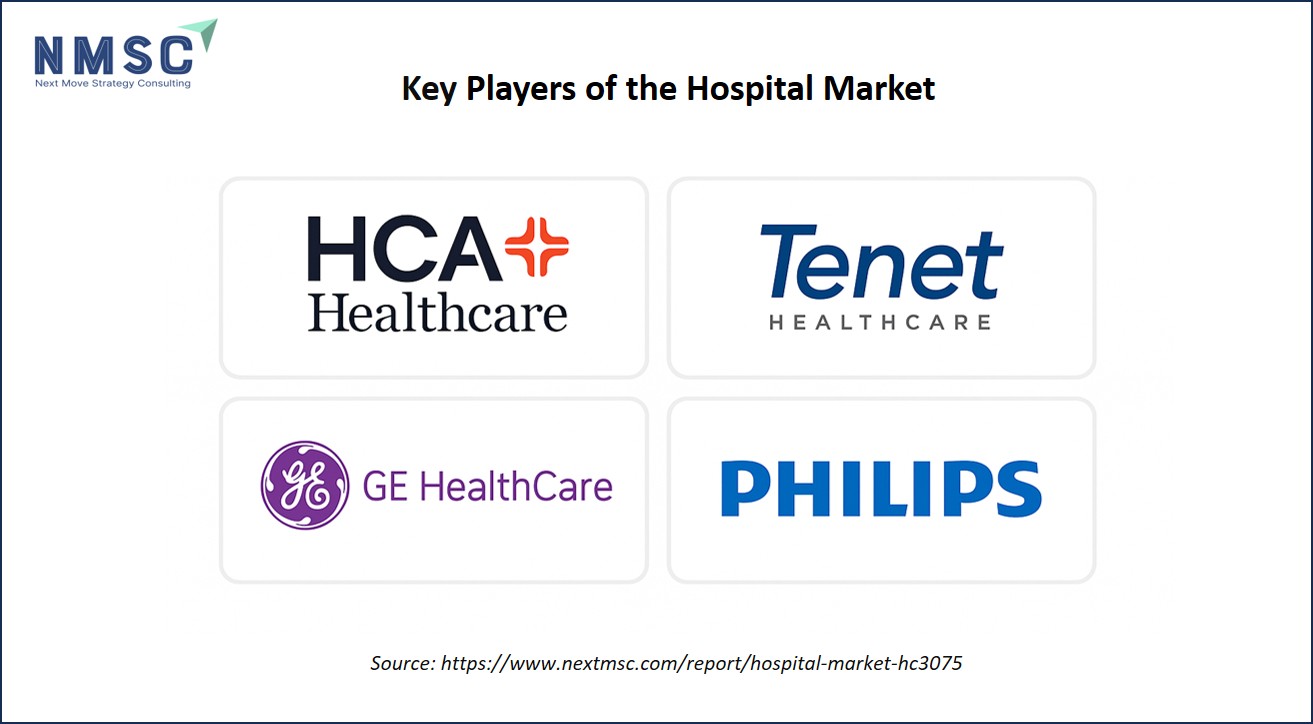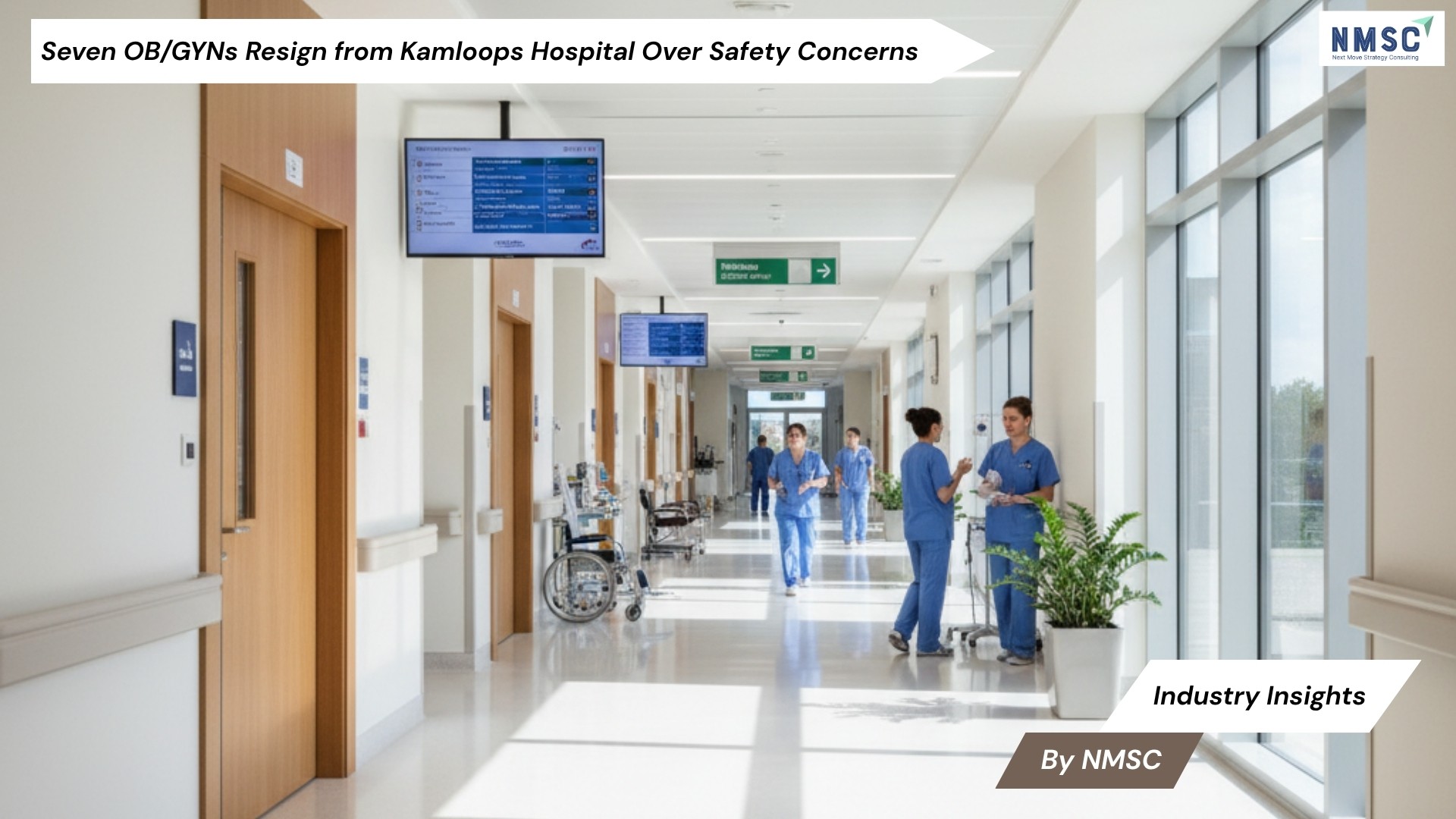Hospital Market 2024–25: Stabilisation, AI adoption and persistent financial stress
Published: 2025-09-18

Hospital Market—demand rebounds in the United States, China accelerates digital and foreign-investment opening, Europe faces workforce shortages; hospitals prioritise AI-enabled diagnostics, remote care and cost containment.
Latest developments (2024–2025)
United States hospitals are seeing higher patient volumes but continue to face tight margins driven by labour and supply costs. As the American Hospital Association (AHA) notes, “Hospitals’ labor costs, which on average account for 60% of a hospital’s budget, increased by more than $42.5 billion between 2021 and 2023.”
Policy and corporate moves in China have opened new pathways for foreign capital and faster AI deployment inside hospitals. Reuters reported that China has moved to allow wholly foreign-owned hospitals in selected cities, a major regulatory shift to attract investment and modernise care. China on Sunday said it would the allow the establishment of wholly foreign-owned hospitals in nine areas of the country including the capital, as Beijing tries to attract more foreign investment to boost its flagging economy.
Europe’s 2024 OECD/European Commission review flagged a workforce crisis: the Health at a Glance: Europe 2024 report states that “Twenty EU countries reported a shortage of doctors in 2022 and 2023, while 15 countries reported a shortage of nurses.” This shortage is shaping capacity, wait times and the investments hospitals prioritise.
Applications across industries
Hospitals act as hubs for multiple industries and use cases:
-
Acute and emergency care. Core inpatient services and emergency departments remain the dominant application for hospital assets — pressure here drives policy and capital.
-
Medical imaging, diagnostics and pathology. Vendors and health systems deploy AI to speed reads, triage high-risk cases and reduce bottlenecks in radiology and labs. Siemens and GE product pages show AI assistants and orchestration platforms explicitly targeted at radiology workflows. “AI-Rad Companion… helps you to reduce the burden of basic repetitive tasks and may increase your diagnostic precision.”
-
Pharma and clinical research. Hospital EHRs and imaging archives supply de-identified real-world data for pharma R&D; GE’s Edison digital solutions and Siemens’ lab automation underscore this cross-industry link.
Components (market structure)
Market participants and product categories driving hospital procurement:
-
Hospital operators & health systems (HCA, Tenet, CommonSpirit, Universal Health Services) — capital allocation, M&A and staffing policy determine capacity and service mix.
-
Medical devices & imaging vendors (Siemens Healthineers, GE HealthCare, Philips) — imaging systems, monitors and AI software sold as products and subscriptions. Siemens: “AI-Rad Companion… family of AI-powered, cloud-based augmented workflows.”
-
Health IT and AI platforms (EHRs, PACS, AI orchestration) — Epic/Oracle Cerner, GE Edison and Philips IntelliSpace are examples of enterprise platforms that hospitals now consider essential. GE: “Edison accelerates the development and adoption of Artificial Intelligence.”
-
Staffing and labour suppliers (direct hiring, travel nurses, managed-service providers) — the gig economy and long-term retention strategies remain large recurring expenditures.
Dominating and fastest-growing regions — analysis & why they lead
United States (dominating): The US remains the market leader in hospital spending, advanced imaging adoption and private hospital consolidation. AHA statistics show the breadth of U.S. capacity: “There are 6,093 hospitals in the United States.” That institutional scale, and strong insurer reimbursement for certain procedures, underpin volumes even as costs rise.
China (fastest-growing): China is a high-growth hotspot for hospital modernization and AI deployment. Reuters and FT documented regulatory openings that permit wholly foreign-owned hospitals in pilot areas and rapid adoption of domestic AI models (DeepSeek) in hospital workflows — a structural push that accelerates market growth.
Europe: Large installed capacity per capita in countries such as Germany (high beds per 1,000 inhabitants) and heavy public funding create a different competitive dynamic. OECD’s Health at a Glance 2024 highlights severe workforce shortages that will limit service expansion despite strong capital bases. “EU countries had an estimated shortage of approximately 1.2 million doctors, nurses and midwives in 2022.”
Australia: Government budgets and AIHW data show growth in same-day admissions and targeted funding for urgent care — strong public funding drives modernization and demand management. “In 2022–23, $107.1 billion ($4,069 per person) was spent on hospital care in Australia.”
Key players
-
HCA Healthcare: Reported stronger revenues and raised guidance driven by higher admissions; capital spending remains sizable for facility upgrades.
-
Tenet Healthcare: Portfolio reshaping in 2024 included hospital divestitures and labour agreements (a tentative union deal and selective asset sales). Recent sale of a stake in Brookwood Baptist Health exemplifies portfolio pruning.
-
Siemens Healthineers: Product-led strategy — AI-Rad Companion and AI imaging integrations; active partner and reseller programs to embed AI into hospital workflows.
-
GE HealthCare: Pushing Edison AI platform and digital pharma solutions to tie hospital imaging and RWD to AI products and cloud services.
-
Philips: Expanding IntelliSpace radiology into the cloud and launching new cardiac workstations — focusing on cloud services and workflow automation rather than standalone devices.
Future prospects & examples
Short-term (12–36 months): expect continued demand for AI orchestration, enterprise imaging upgrades, remote monitoring and workforce automation tools that reduce repetitive tasks. Hospital CAPEX will favour digital platforms and lab/diagnostic automation while deferring large general-purpose expansions where staffing shortfalls persist.
Examples:
-
Siemens’ AI-Rad Companion and GE’s Edison enable workflow automation in radiology—hospitals will buy subscription services plus devices.
-
China’s policy shifts and local AI adoption create export and partnership opportunities for imaging and cloud vendors; foreign players will enter jointly with local partners under pilot foreign-owned hospital rules.
About the Author
 Joydeep Dey is a seasoned SEO Executive, Content Writer, and AI expert with over 2½ years of experience in digital marketing and artificial intelligence. He specializes in SEO strategy, impactful content creation, and developing data-driven, AI-powered solutions that enhance online visibility and engagement. With a strong foundation in natural language processing and emerging AI technologies, Joydeep is known for simplifying complex concepts into clear, actionable insights.
Joydeep Dey is a seasoned SEO Executive, Content Writer, and AI expert with over 2½ years of experience in digital marketing and artificial intelligence. He specializes in SEO strategy, impactful content creation, and developing data-driven, AI-powered solutions that enhance online visibility and engagement. With a strong foundation in natural language processing and emerging AI technologies, Joydeep is known for simplifying complex concepts into clear, actionable insights.
About the Reviewer
 Sanyukta Deb is a skilled Content Writer and Digital Marketing Team Leader, specializing in online visibility strategies and data-driven campaigns. She excels at creating audience-focused content that boosts brand presence and engagement, while also pursuing creative projects and design interests.
Sanyukta Deb is a skilled Content Writer and Digital Marketing Team Leader, specializing in online visibility strategies and data-driven campaigns. She excels at creating audience-focused content that boosts brand presence and engagement, while also pursuing creative projects and design interests.

















Add Comment